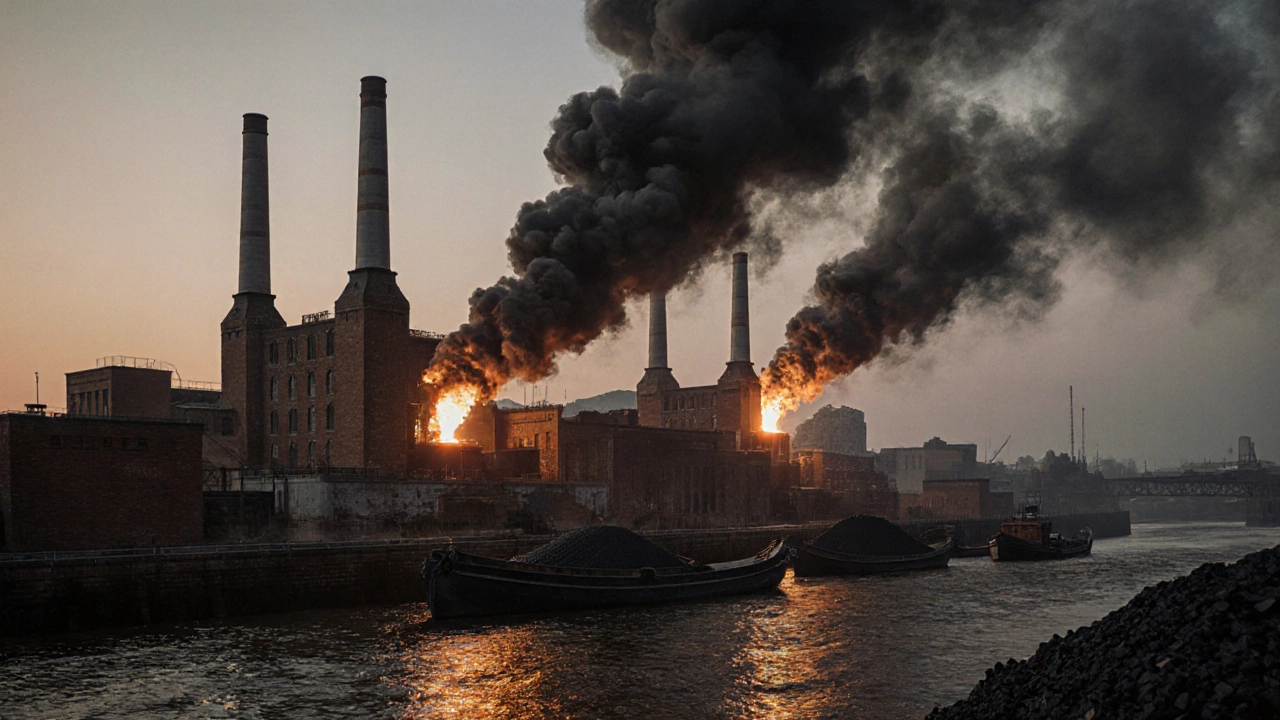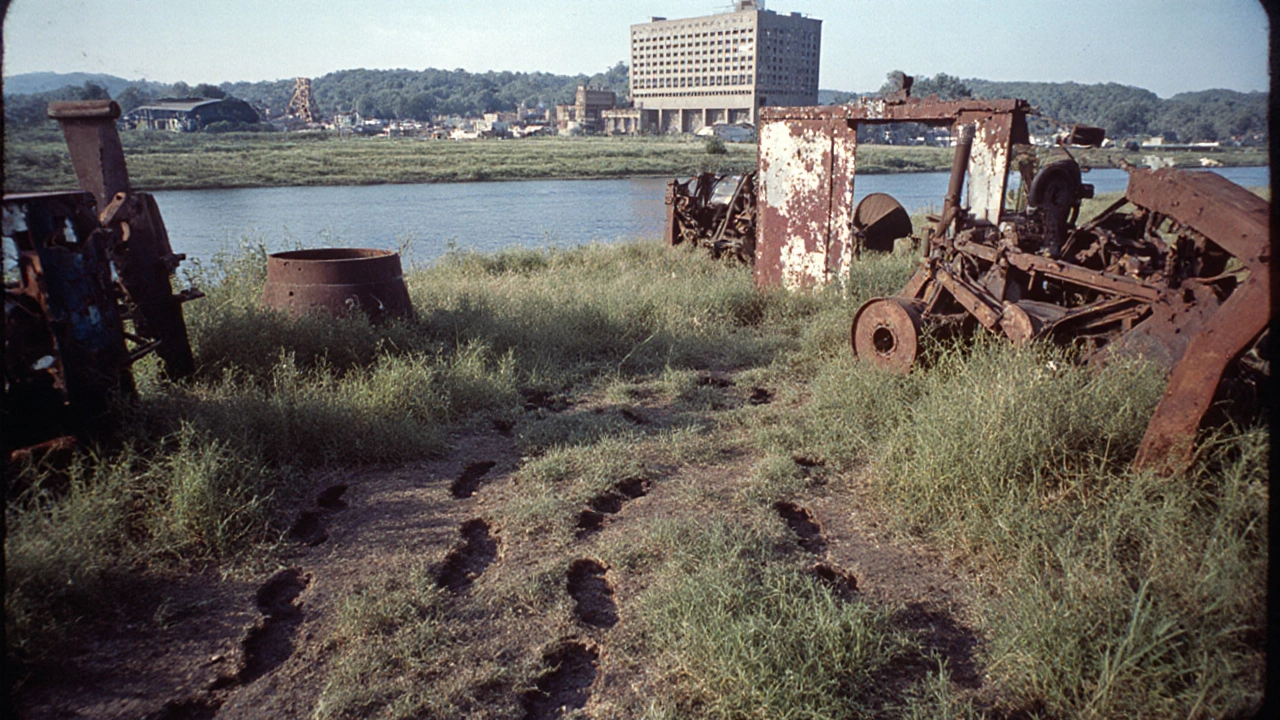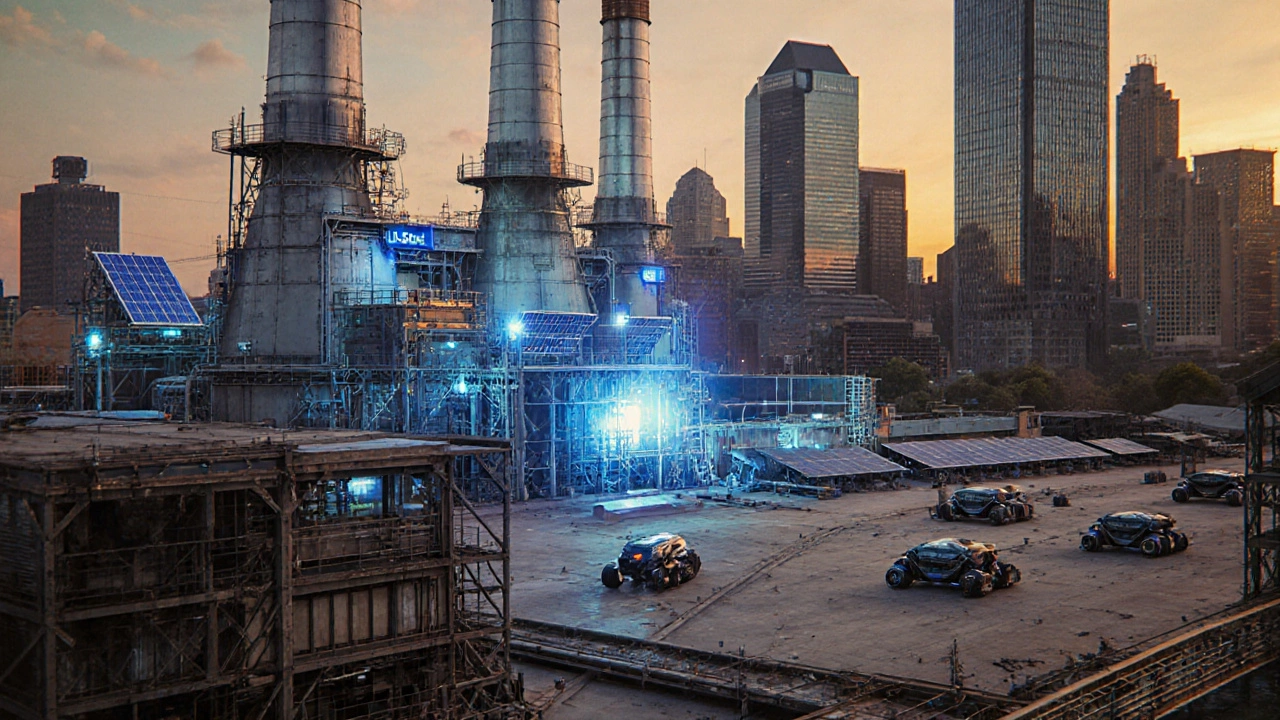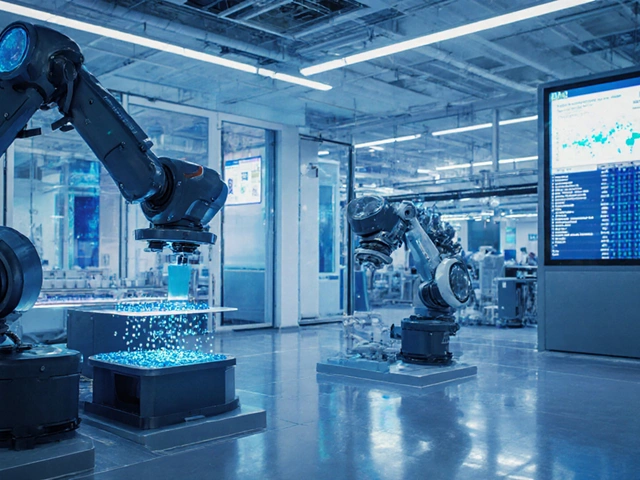Pittsburgh: The Steel Capital of the United States (And Why It Matters)

Ask anyone familiar with American industrial history: Pittsburgh, Pennsylvania is the undisputed steel capital of the United States. This city didn't just make steel-it built the modern American economy. From the 1870s to the 1980s, Pittsburgh produced more steel than any place on Earth. Its mills forged the girders for skyscrapers, rails for transcontinental trains, and armor for battleships. But why Pittsburgh? The answer lies in geography, innovation, and one man's obsession with steel. Let's cut through the history books and see why this city earned its title-and what's left of its steel legacy today.
Key Takeaways
- Pittsburgh is universally recognized as the steel capital of the U.S., producing 67% of the nation's steel at its peak in 1900
- The city dominated steel production for over a century due to its access to three key resources: coal, iron ore, and waterways
- Andrew Carnegie's innovations at Carnegie Steel Company revolutionized steel manufacturing through the Bessemer process
- Steel industry collapse in the 1980s led to massive job losses but forced Pittsburgh's transformation into a tech and healthcare hub
- While mills are mostly gone, Pittsburgh still houses major steel corporations and remains a center for steel innovation
How Pittsburgh Became America's Steel Heartland
When you hear "steel capital," Pittsburgh is the name that immediately comes to mind. But it wasn't always this way. Before the Civil War, Pittsburgh was just another river town. Everything changed when steel replaced iron as the backbone of American industry. The city had three advantages no other place could match. First, the nearby Connellsville coal fields produced the perfect coking coal for steelmaking. Second, the Ohio River and its tributaries provided cheap transportation for raw materials. Third, the city sat right where the North American iron ore routes converged.
When Andrew Carnegie opened his first steel plant here in 1872, he knew he'd struck gold. His Edgar Thomson Works used the Bessemer process to turn iron into steel faster and cheaper than anyone else. By 1880, Pittsburgh's mills were producing 40% of America's steel. The city's population exploded-going from 80,000 people in 1860 to over 500,000 by 1900. Smoke from the mills turned daytime into permanent twilight. Locals called it "hell with the lid off," but for steel barons like Carnegie, it was heaven.
The Carnegie Revolution That Changed Steel Forever
Andrew Carnegie didn't just build a steel plant-he rebuilt an entire industry. His genius was in vertical integration. He owned the coal mines, the railroads, the ships, and the mills. But his real breakthrough was implementing the Bessemer process at scale. Before this, making steel was slow and expensive. The Bessemer converter blew air through molten iron to burn off impurities, cutting production time from weeks to hours.
When Carnegie Steel Company was the dominant steel producer in the United States during the late 19th century, pioneering mass production techniques and vertical integration. Founded in 1873 and headquartered in Pittsburgh, it became the largest steel company in the world by 1890. Carnegie sold it in 1901 for $480 million (about $18 billion today), the deal created U.S. Steel. This new corporation controlled 65% of American steel production. Its headquarters stayed in Pittsburgh, cementing the city's status as the industry's command center.

Why Steel Mills Faded From Pittsburgh's Skyline
By the 1970s, Pittsburgh's steel dominance started crumbling. Foreign competition from Japan and Germany flooded the market with cheaper steel. U.S. mills couldn't keep up with outdated equipment and high labor costs. When the steel crisis hit in 1980, mills began closing overnight. The Jones & Laughlin mill-which had employed 15,000 people-shut down in one day. Unemployment in the region hit 18%.
But the real killer was geography. Pittsburgh's mills were built before trucks existed. They relied on rail and river transport for heavy materials. When shipping containers and interstate highways changed logistics, Pittsburgh's location became a disadvantage. Companies moved to coastal areas with deeper ports. The last major integrated mill-U.S. Steel's Homestead Works-closed in 1986. In just six years, the city lost 100,000 steel jobs.
What Replaced the Steel Mills (And Why It Worked)
Here's where Pittsburgh's story gets interesting. Most industrial cities never recovered from deindustrialization. But Pittsburgh did something different. Universities and hospitals became its new economic engines. The University of Pittsburgh and Carnegie Mellon University started spinning off tech companies. Medical research from UPMC created a healthcare hub. Robotics and AI became the new steel.
City leaders made smart moves too. They cleaned up the rivers and turned smokestack sites into parks. The old steel headquarters became offices for tech firms. Today, Pittsburgh has more robotics companies than any other U.S. city outside Silicon Valley. The unemployment rate is now below the national average. It wasn't an easy transition-the 1980s were brutal-but the city proved you can reinvent yourself when industry changes.

Steel's Quiet Comeback in Modern Pittsburgh
Don't think steel is completely gone from Pittsburgh. While the giant mills are silent, the industry evolved. U.S. Steel still has its corporate headquarters in Pittsburgh and operates several steel mills in the region, including the Mon Valley Works. The company produces about 17 million tons of steel annually and employs over 20,000 people nationwide. The city remains home to major steel research centers like the National Center for Advanced Manufacturing.
Modern steelmaking looks nothing like Carnegie's era. Today's mills use electric arc furnaces that recycle scrap metal. Pittsburgh-area plants specialize in high-value steel for aerospace and medical devices. The steel industry now employs about 10,000 people in the region-far fewer than the 100,000 in the 1970s, but it's a stable, skilled workforce. And guess what? Many of these jobs pay better than the old mill jobs because they require advanced technical skills.
Why Pittsburgh Still Holds the Steel Capital Title
So why do we still call Pittsburgh the steel capital when the mills are mostly gone? Because legacy matters. The city built American steel as we know it. Its innovations defined the industry. The steel barons who shaped modern capitalism-Carnegie, Frick, Mellon-all operated from Pittsburgh. The city's identity is permanently woven into steel history.
Other cities tried to claim the title. Gary, Indiana had big mills. Chicago was a steel distribution hub. But neither had Pittsburgh's combination of production scale, innovation, and cultural impact. The city's nickname "Steel City" appears on everything from sports team logos to street signs. Even the local airport code (PIT) is a nod to its past. When the National Steel Corporation moved its headquarters to Pittsburgh in 1989, it wasn't by accident-it was coming home.
Frequently Asked Questions
Why is Pittsburgh called the steel capital of the United States?
Pittsburgh earned this title because it dominated U.S. steel production for over a century. At its peak in 1900, the city produced 67% of America's steel. Its strategic location near coal fields and rivers, combined with innovations like Carnegie's Bessemer process plants, made it the industry's undisputed center. The nickname stuck even after the mills closed because Pittsburgh built the infrastructure and culture that defined American steelmaking.
What happened to Pittsburgh's steel mills?
Most integrated steel mills closed between 1980 and 1986 due to foreign competition, outdated technology, and changing transportation needs. The last major mill (U.S. Steel's Homestead Works) shut down in 1986. Many sites were redeveloped into commercial spaces or parks. Some modern mini-mills now operate in the region using recycled scrap metal, but they employ far fewer people than the old mills.
Does Pittsburgh still produce steel today?
Yes, but on a much smaller scale. U.S. Steel operates Mon Valley Works near Pittsburgh, producing specialized steel for automotive and construction industries. Several smaller mills and processing facilities also operate in the region. The industry now focuses on high-value steel products rather than mass production, employing about 10,000 people in the area compared to 100,000 in the 1970s.
Who was the biggest steel producer in Pittsburgh's history?
Andrew Carnegie's Carnegie Steel Company was the dominant force until 1901, when it was sold to form U.S. Steel. At its peak, Carnegie Steel produced more steel than all of Great Britain. After the merger, U.S. Steel became the world's first billion-dollar corporation and maintained Pittsburgh as its headquarters for decades.
Can you visit historic steel sites in Pittsburgh today?
Absolutely. The Rivers of Steel National Heritage Area preserves sites like the Carrie Furnace, a 19th-century blast furnace. You can tour the former Jones & Laughlin Steel site at SouthSide Works, now a shopping and entertainment complex. The Heinz History Center has exhibits about the steel era, and you can still see old mill structures along the Monongahela River.





